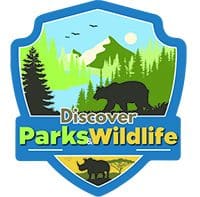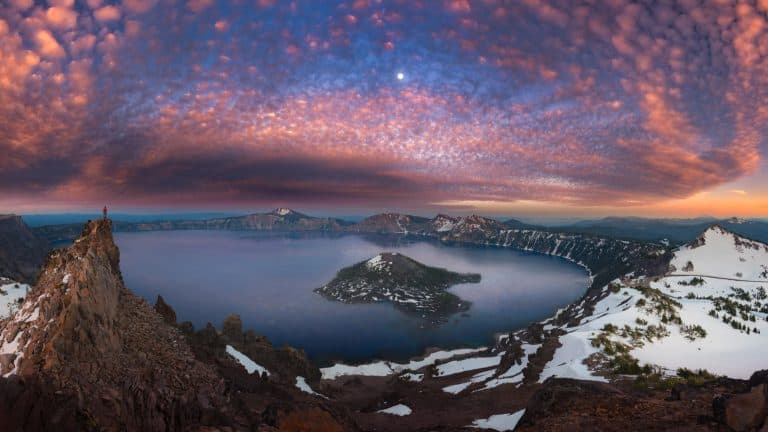Discover Parks & Wildlife contains affiliate links and is a member of the Amazon Services LLC Associates Program. If you make a purchase using one of the Amazon links (or other affiliate links), we may receive compensation at no extra cost to you. See our disclosure policy for more information.
Catch These 12 Feathered Gatherings Before Fall Sends Them South
Late summer is that magical, slightly sweaty time of year (okay, maybe really sweaty) when the birds are still out doing their thing, oblivious to our pumpkin-flavored countdown to fall. And it’s prime bird-spotting season, a chance to catch feathered beauties showing off before they start their yearly migrations or go full incognito as the leaves drop.
From dramatic swoops to cheeky chirps, birds are everywhere (if you know where to look), and they always seem to know how to steal the show. And you don’t have to be a birdwatching pro with binoculars glued to your face, either.
The key is just showing up in the right spots and letting them work their magic. So we’re about to talk about some top-notch locations to catch them before they’re winter-bound, so grab a seat (outside, preferably).
Bosque Del Apache National Wildlife Refuge, New Mexico
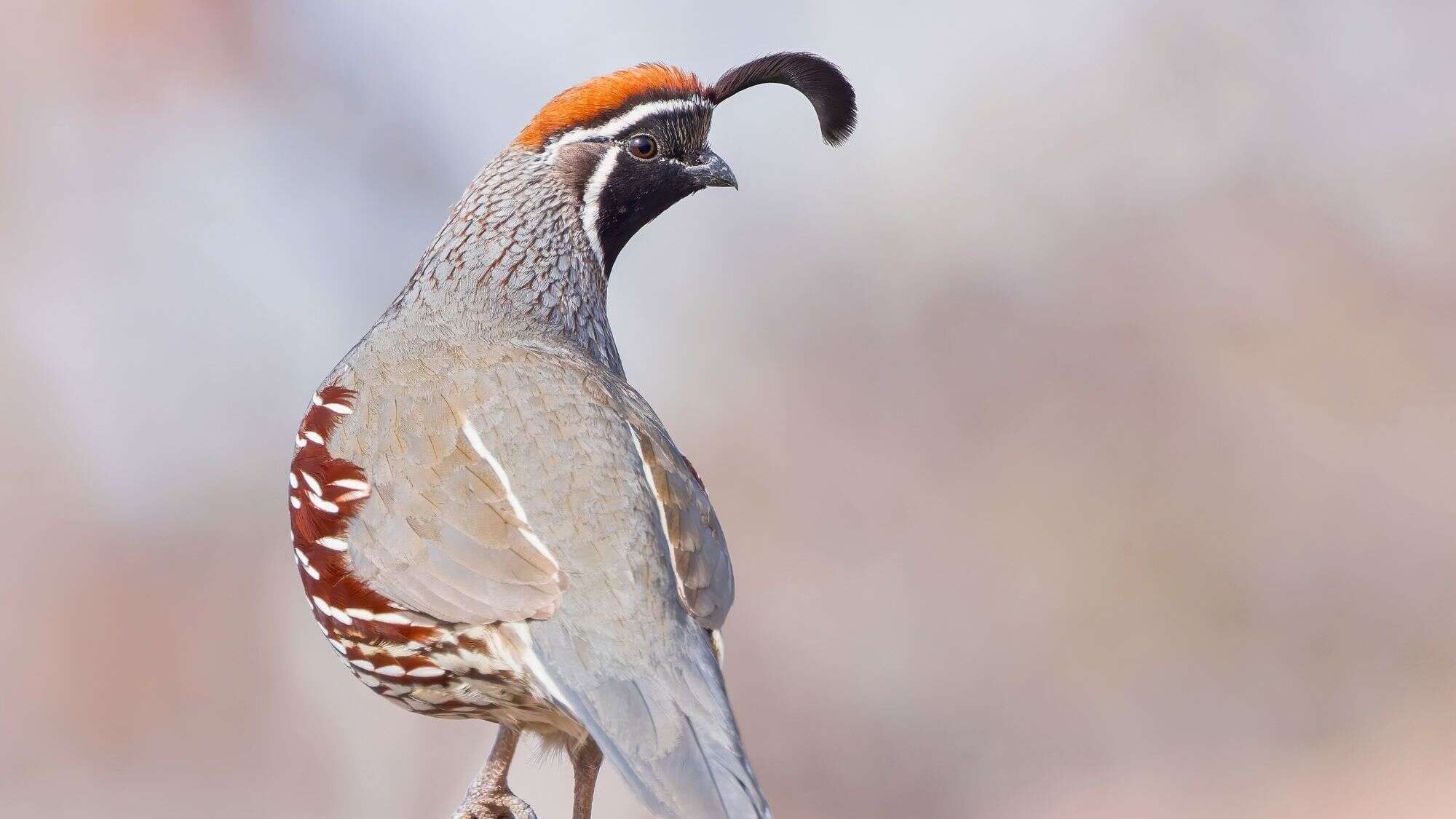
If you’re looking for a place where birds throw better parties than your high school reunion committee, Bosque del Apache is it. Late August rolls around, and before you know it, sandhill cranes and snow geese start rolling in like VIP guests checking into a five-star resort.
This refuge is practically the bird version of Times Square on New Year’s Eve… except without the overpriced food and questionable crowd choices. You’ll see thousands of these elegant creatures taking off and landing, turning the skies into a mesmerizing flash mob.
Pack coffee for those sunrise viewing sessions because these birds don’t wait for you to hit snooze. But trust me, catching them in action beats any alarm clock you’ll endure.
Horicon Marsh Wildlife Area, Wisconsin
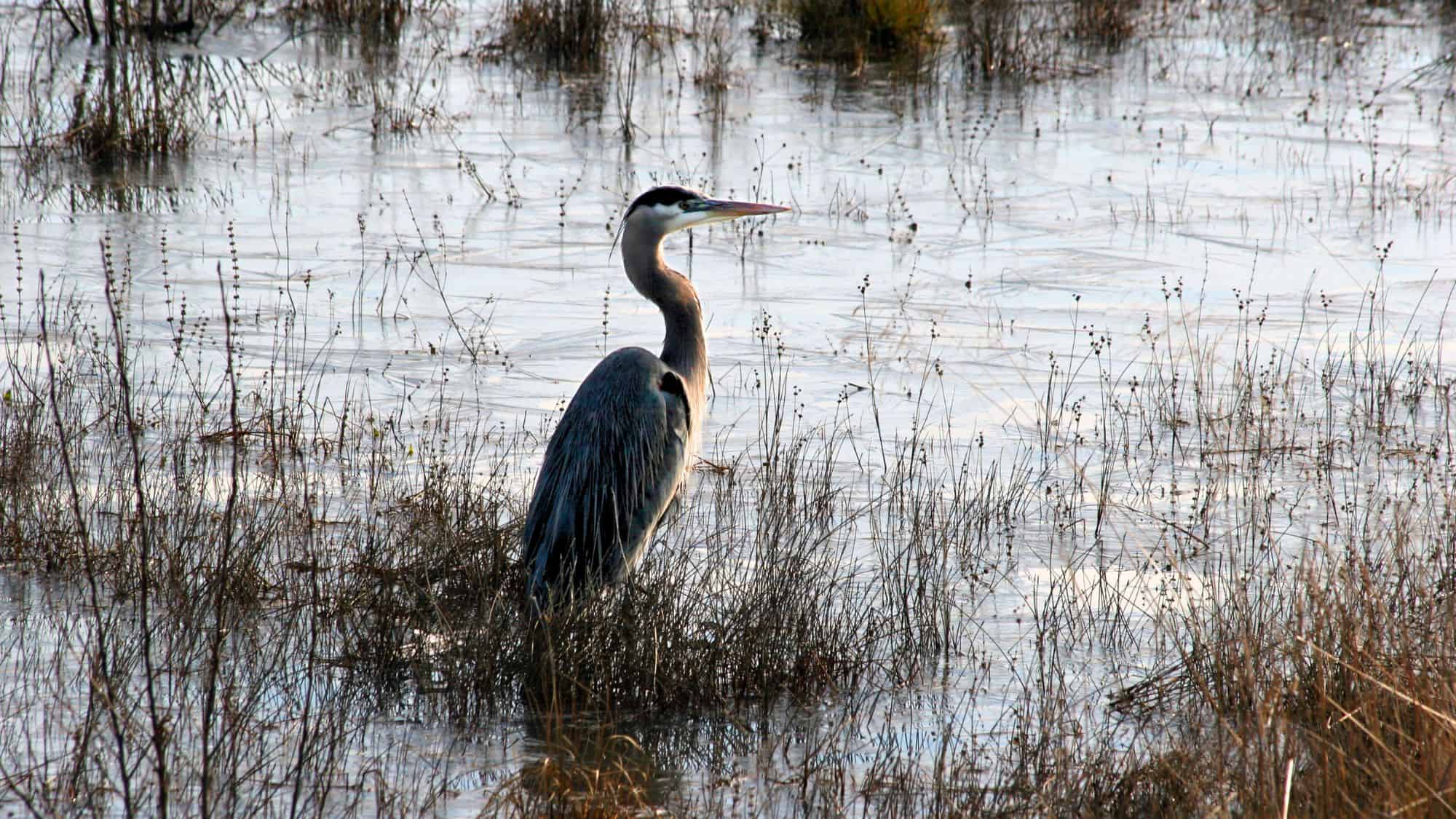
Here, it’s all about quality and convenience. Horicon Marsh doesn’t just host birds; it pampers bird enthusiasts, too. Tens of thousands of ducks, geese, and shorebirds hang out here like they collectively decided it’s vacation season.
And guess what? Wisconsin doesn’t make you hike 10 miles uphill to see them. Between boardwalks and auto tours, you’re basically getting front-row seats to the avian Oscars without breaking a sweat. Think ducks stopping mid-migration to gossip or geese throwing synchronized swimming routines (probably).
No binoculars? No problem. At Horicon, half the birds look ready to walk over and ask what’s in your picnic basket.
Hawk Mountain Sanctuary, Pennsylvania
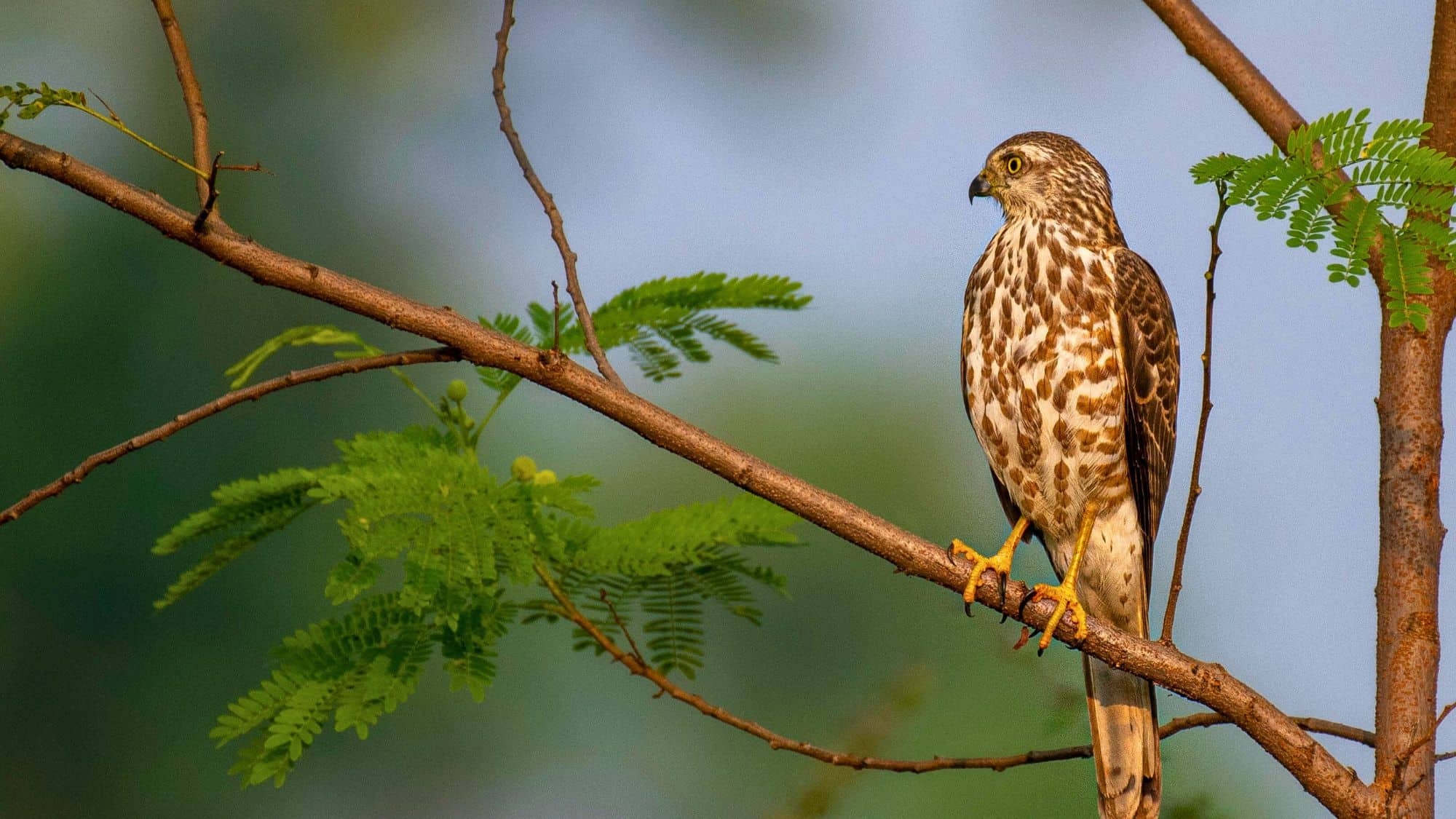
If you’ve never seen a raptor road trip, Hawk Mountain’s got your back. Starting in late August, hawks and falcons take to the skies, probably updating their GPS to the warmest destination they can find. And watching these birds soar, you’ll get why “bird’s eye view” is the gold standard.
Plus, the trails here are pretty easygoing, making you feel less guilty about that post-hike burger or three. And there’s an actual raptor count going on daily, so you can impress your friends by casually stating, “Oh, I saw 50 hawks today. No big deal.”
Whether you’re a hardcore birder or someone who just thinks hawks are “cool”, this mountaintop is the kind of experience that makes you glad you looked up from your phone.
Point Pelee National Park, Canada
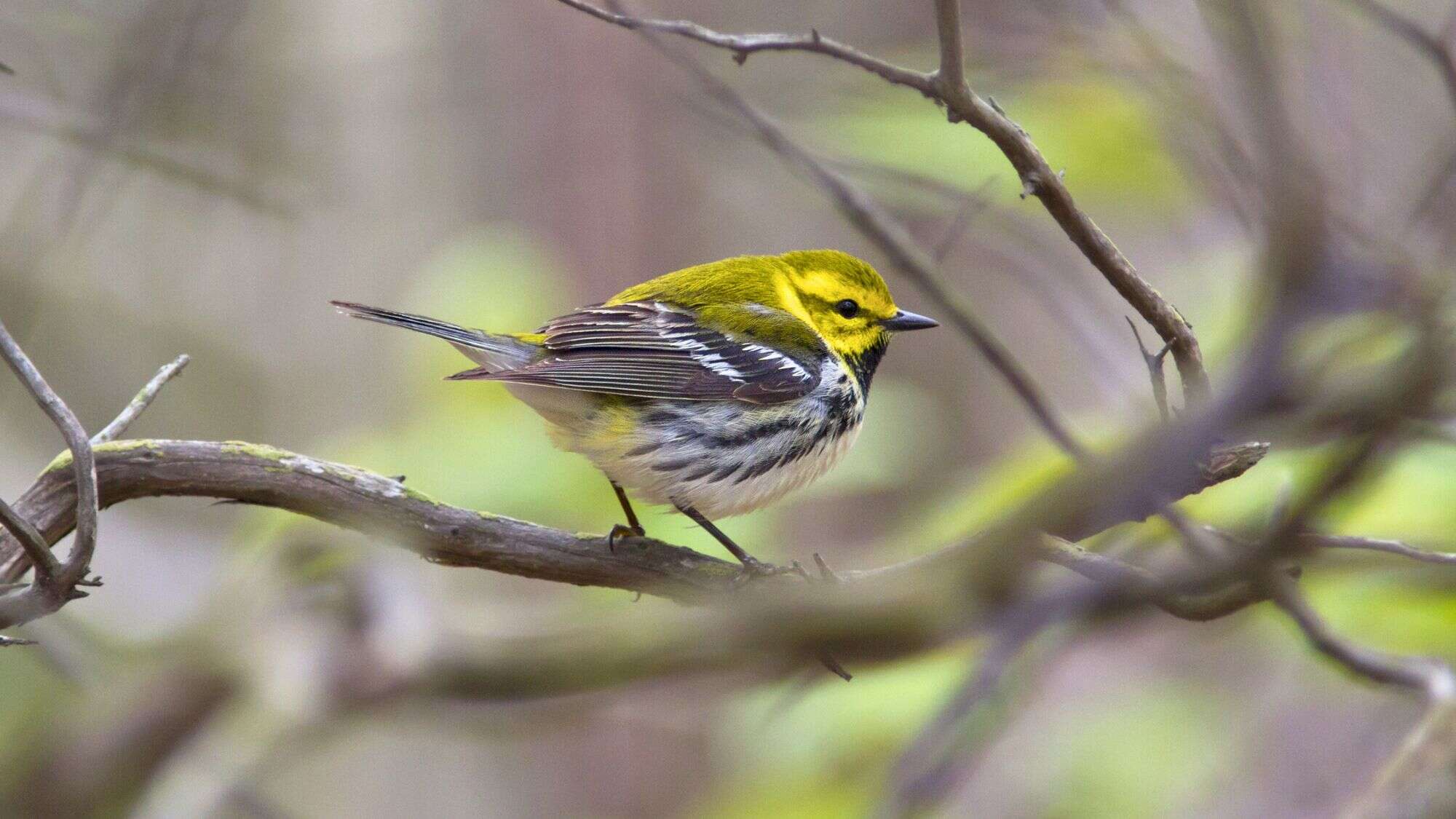
If migration bottlenecks were a competitive sport, Point Pelee would be the undefeated champion. Every end of summer, southbound songbirds and monarch butterflies seem to think Canada’s southernmost tip is their version of a rest stop with free Wi-Fi.
And the volume of wildlife here is off the charts. We’re talking flocks so thick you could almost argue for bird-shaped cloud coverage. Butterflies? They’re everywhere, fluttering around like colorful confetti tossed by summer’s last hurrah.
Pack your camera, but be warned, you’ll use it so much it might overheat. And when the birds and butterflies move on, you’ll start wondering why humans don’t have migration rituals this epic. Mental note for next year’s vacation plans.
Quivira National Wildlife Refuge, Kansas

Kansas might be all about prairies and wheat fields, but Quivira takes it up a notch with wetlands sprawling over 22,000 acres. Late summer? It’s a full-on birdie convention.
Shorebirds and waterfowl crowd in like they’ve scored tickets to the event of the season (if the season were migration). Imagine sandpipers, who are basically the track stars of the bird world, mixed with squads of ducks making a pit stop. Bonus? The refuge’s salt marshes add a little extra quirkiness to the scene, because yes, Kansas has salt marshes.
The skies literally seem to be alive, and the soundtrack? A constant mix of honks, whistles, and chirps. Come for the birds; stay for the surreal realization that marshes can exist right in the heart of America’s Midwest.
Bear River Migratory Bird Refuge, Utah
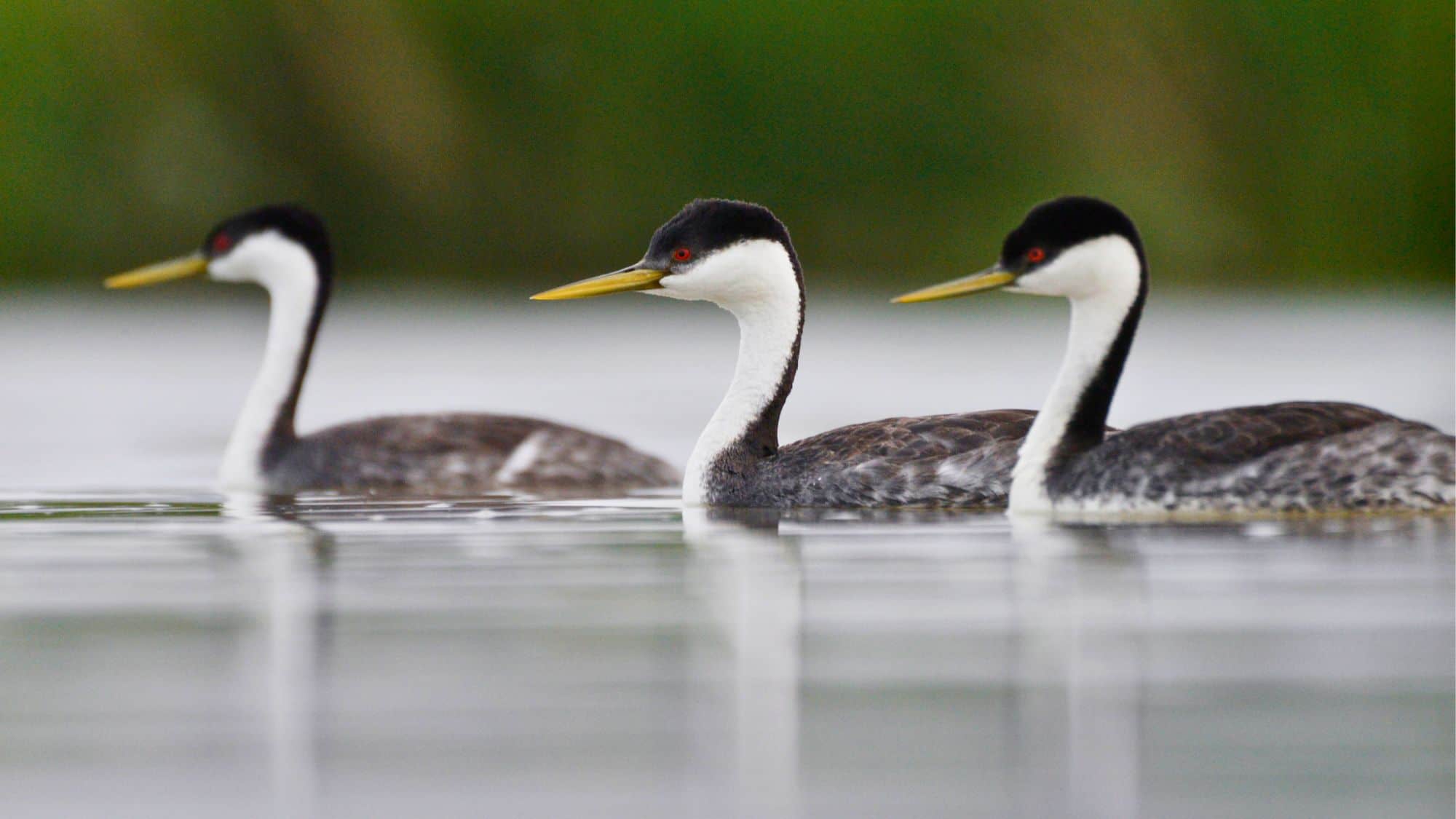
If birdwatching were a sport, the 12-mile auto loop at Bear River would be the equivalent of watching the Super Bowl from a private suite. Whether you’re spotting waterfowl, shorebirds, or just marveling at the sheer number of feathered friends, this refuge delivers.
The landscape is ruggedly gorgeous, with open marshes that echo with chatter louder than a packed cafeteria. And at peak times, the flocks are so dense it feels like the bird world’s version of rush hour… except this kind of gridlock won’t make you mad.
Remember to drive slowly. Not just for the birds, but because you’ll want to soak it all in. And honestly, how often can you say you spent the day birdwatching from the comfort of your car? Exactly.
Chincoteague National Wildlife Refuge, Virginia
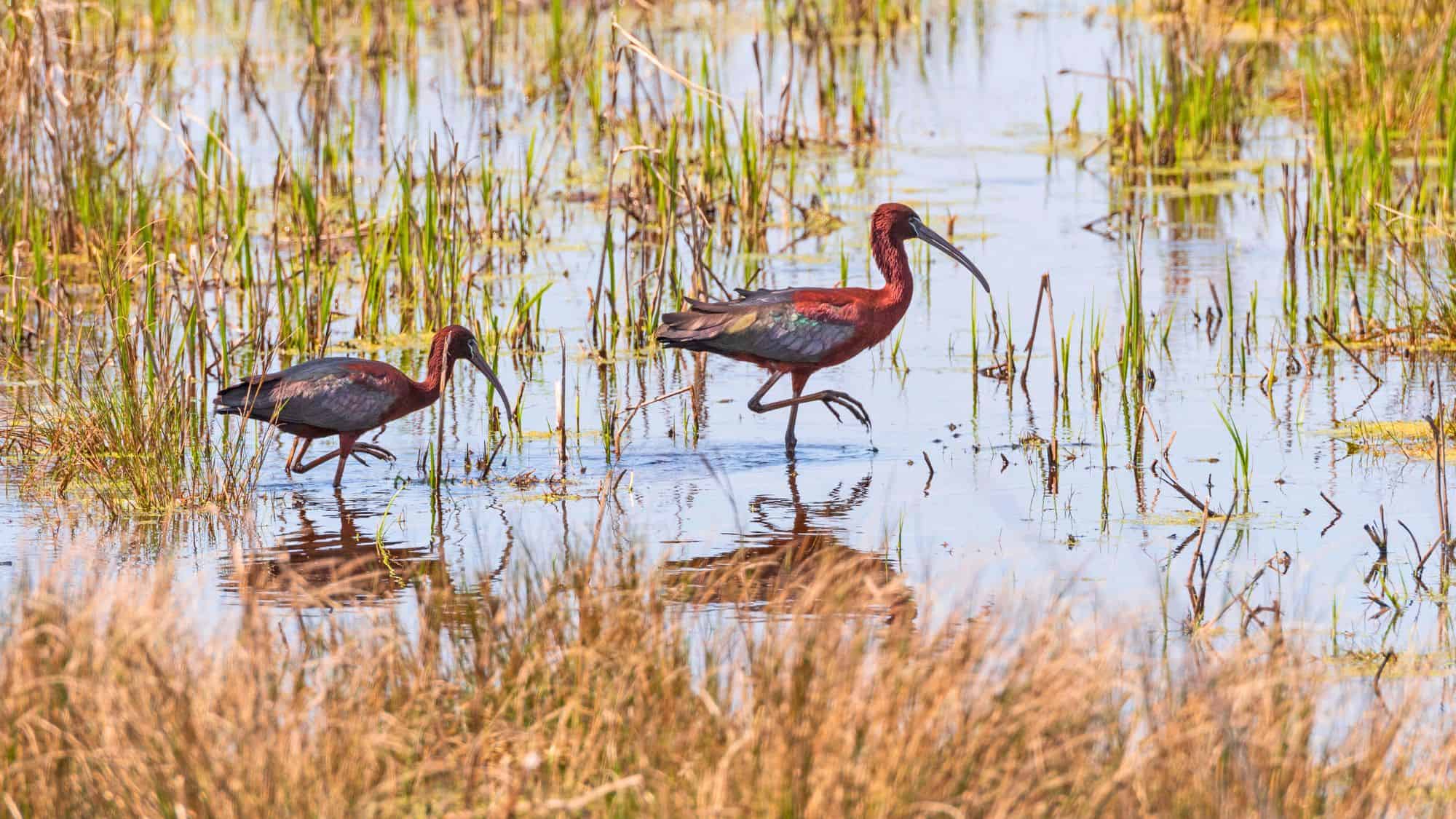
Wild ponies and bird migration? It sounds like something out of a storybook, but at Chincoteague, it’s just Tuesday. Late summer here means the salt marshes buzz with feathered traffic, from shorebirds to waders, all while the famous ponies casually pose in the distance (apparently being iconic comes naturally to them).
The ebb and flow of bird migration is mesmerizing, and the marshy habitats are alive with movement. You can spot egrets strutting their stuff or herons looking more dignified than anyone has a right to.
And do yourself a favor, bring bug spray. Those marsh mosquitoes won’t be impressed by your swatting skills, and the ponies certainly won’t help.
Klamath Basin National Wildlife Refuges, California & Oregon
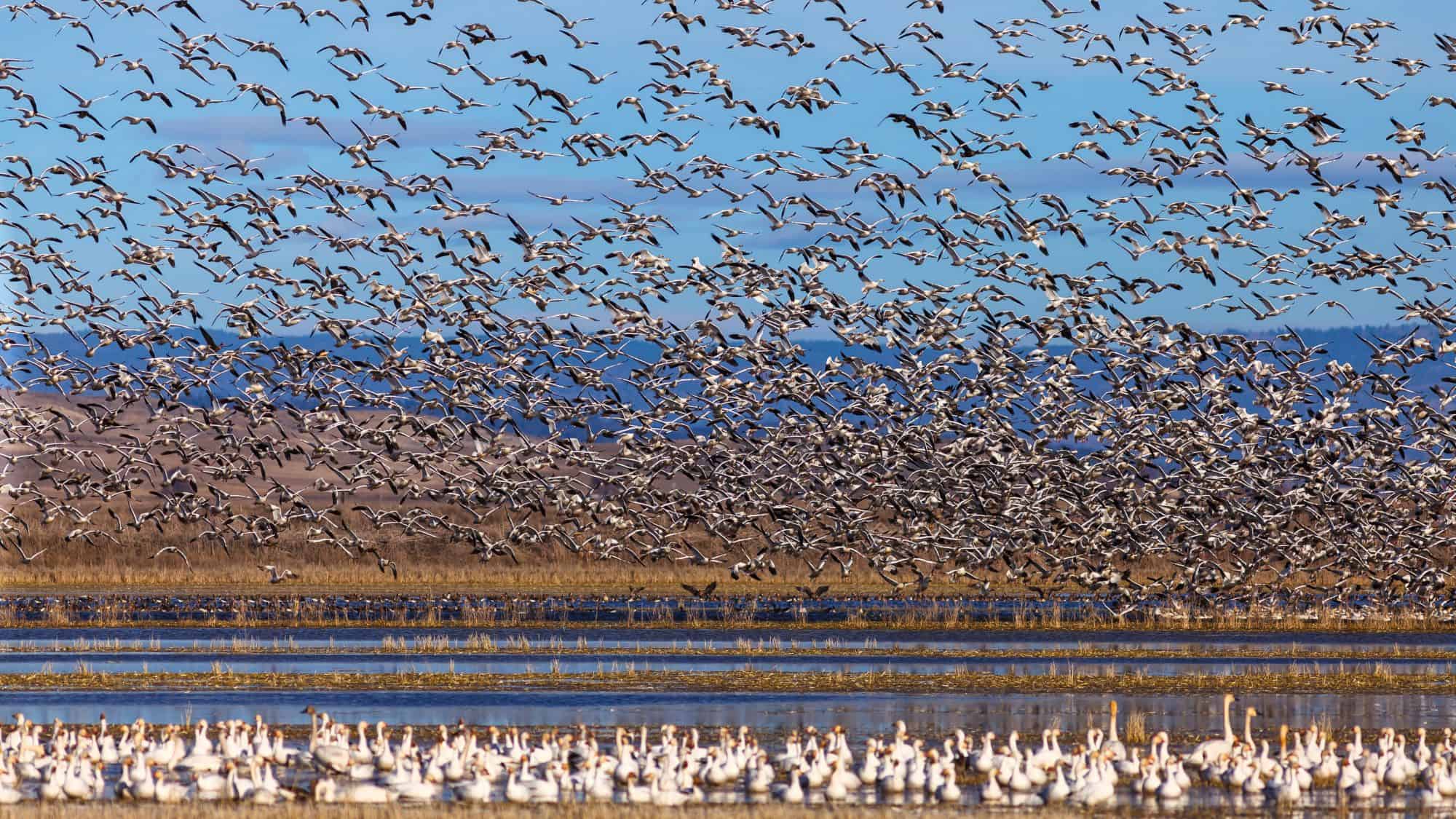
California and Oregon team up here to present birdwatching on a whole other level; it’s like a bird metropolis spread across wetlands and farmlands. And early arrivals in the late summer turn this place into a bustling scene, with thousands of birds checking in for the season.
We’re talking some of the largest bird populations in the western U.S. FYI, these wetlands double as a pit stop for a ton of species, so you could call it their favorite roadside diner. And if you’re lucky, you’ll witness spectacular flocks blackening the skies (a gentle reminder not to underestimate a bird congregation).
Also, the scenery? Sublime. Just don’t forget, not all that glitters is water; those shimmering fields might just be flooded crops.
Grand Teton National Park, Wyoming
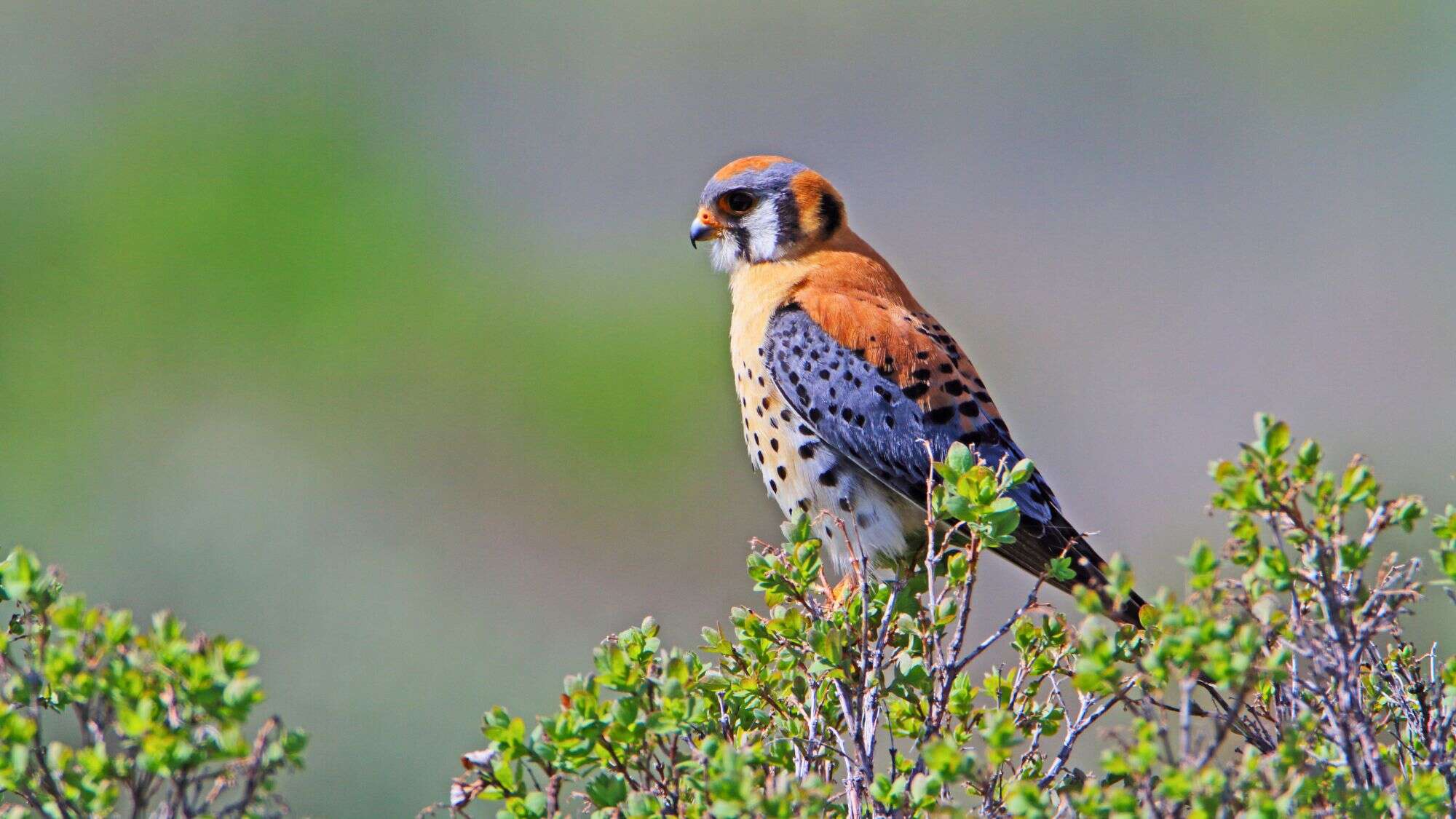
If you’re into big birds and even bigger views, Grand Teton National Park is calling your name. Late summer is the perfect time to witness those feathered heavyweights (like herons, egrets, and even pelicans) lounging around lakes and wetlands.
The scenery? Next-level gorgeous. Towering peaks, pristine water, and wildlife just casually minding their business. And if you’re worried about access, don’t be; it’s one of those rare places where wildlife sightings come with a side of convenience.
Many of the best spots to see the action are accessible by road, so you can gawk at birds while munching on trail mix in your car. Just don’t forget binoculars… unless you want every bird to look like a flying dot with attitude.
Santa Ana National Wildlife Refuge, Texas
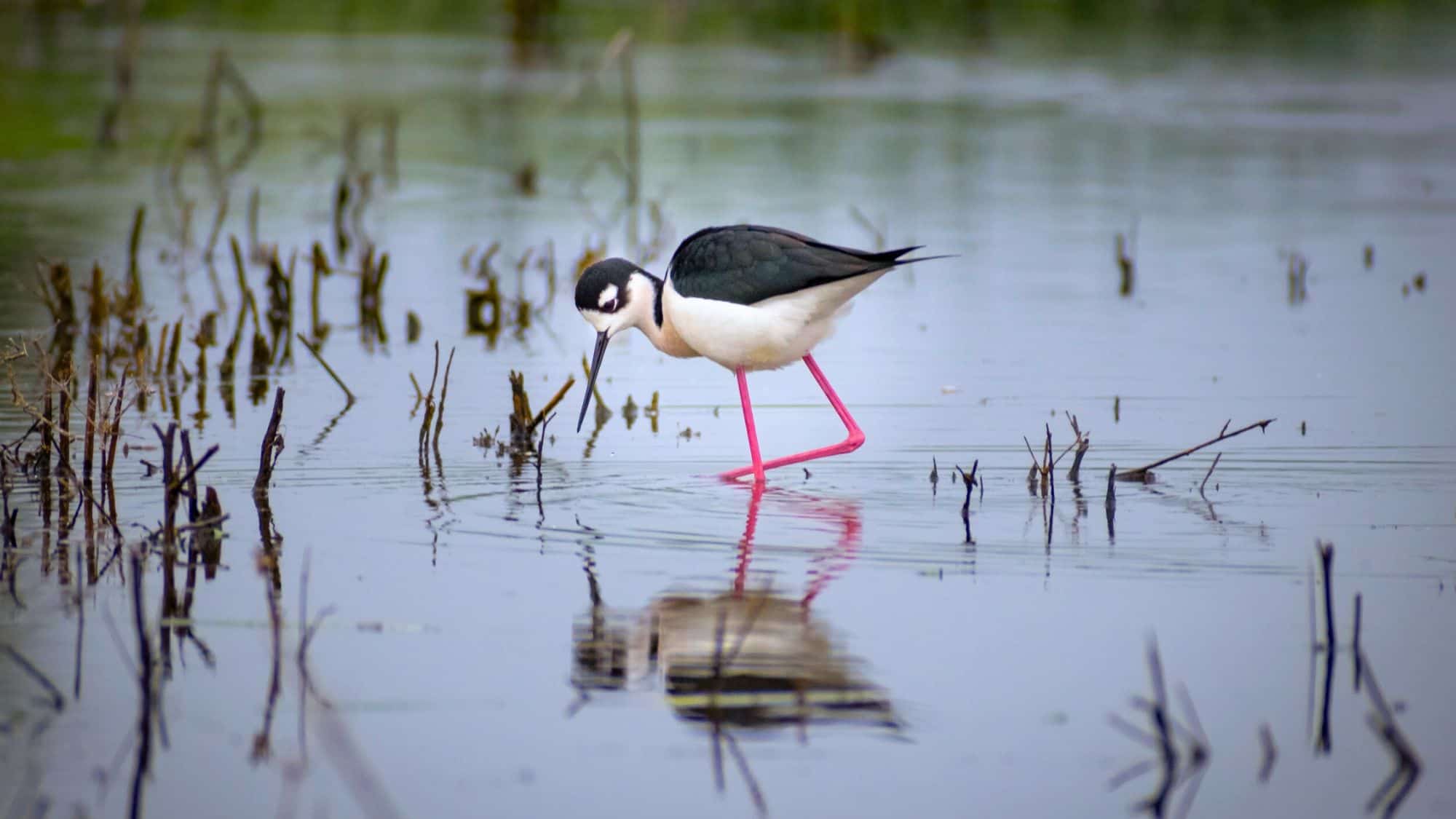
Texas does nothing small, and Santa Ana proves it’s true even when it comes to bird migration. Located smack dab in the Central Flyway, this refuge is a hotspot for late summer showstoppers like raptors and hundreds of butterfly species flitting around like tiny works of art.
The humidity? Stifling. But the payoff is worth it if you’re ready to sweat a little (or a lot). Look skyward for hawks and falcons, the true celebrities of the refuge. Or keep an eye on the brush for fluttering drama queens with wings.
It’s humid enough to feel like a free sauna session, but hey, nature never promised comfort.
Yellowstone National Park, Wyoming
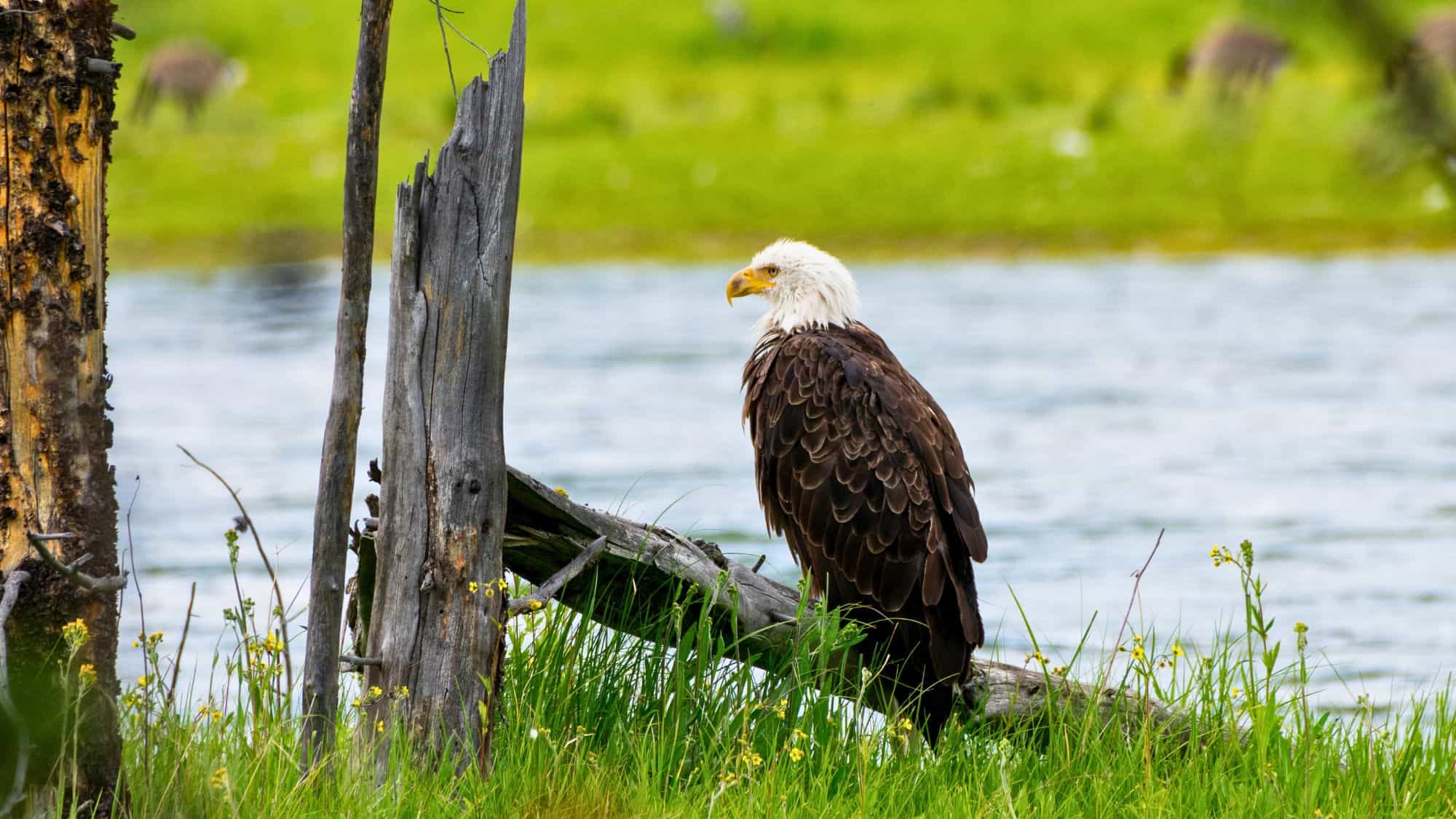
Yellowstone in late August/early September is a bird lover’s dream, or at least a very entertaining sideshow. While everyone else is distracted by elk doing their pre-rut shenanigans, turn your attention to the skies and the shores.
Lakes and rivers come alive with every kind of winged visitor you can imagine, offering a front-row seat to the ultimate bird parade. From waterfowl paddling about to raptors scanning for their next snack, there’s no shortage of activity here.
And the cherry on top? You’re doing all this in one of the wildest, most iconic landscapes in the country. Just don’t get so lost watching the birds that you accidentally turn a corner into a bison traffic jam. Turns out, they’re not in a rush.
Cape May Point State Park, New Jersey
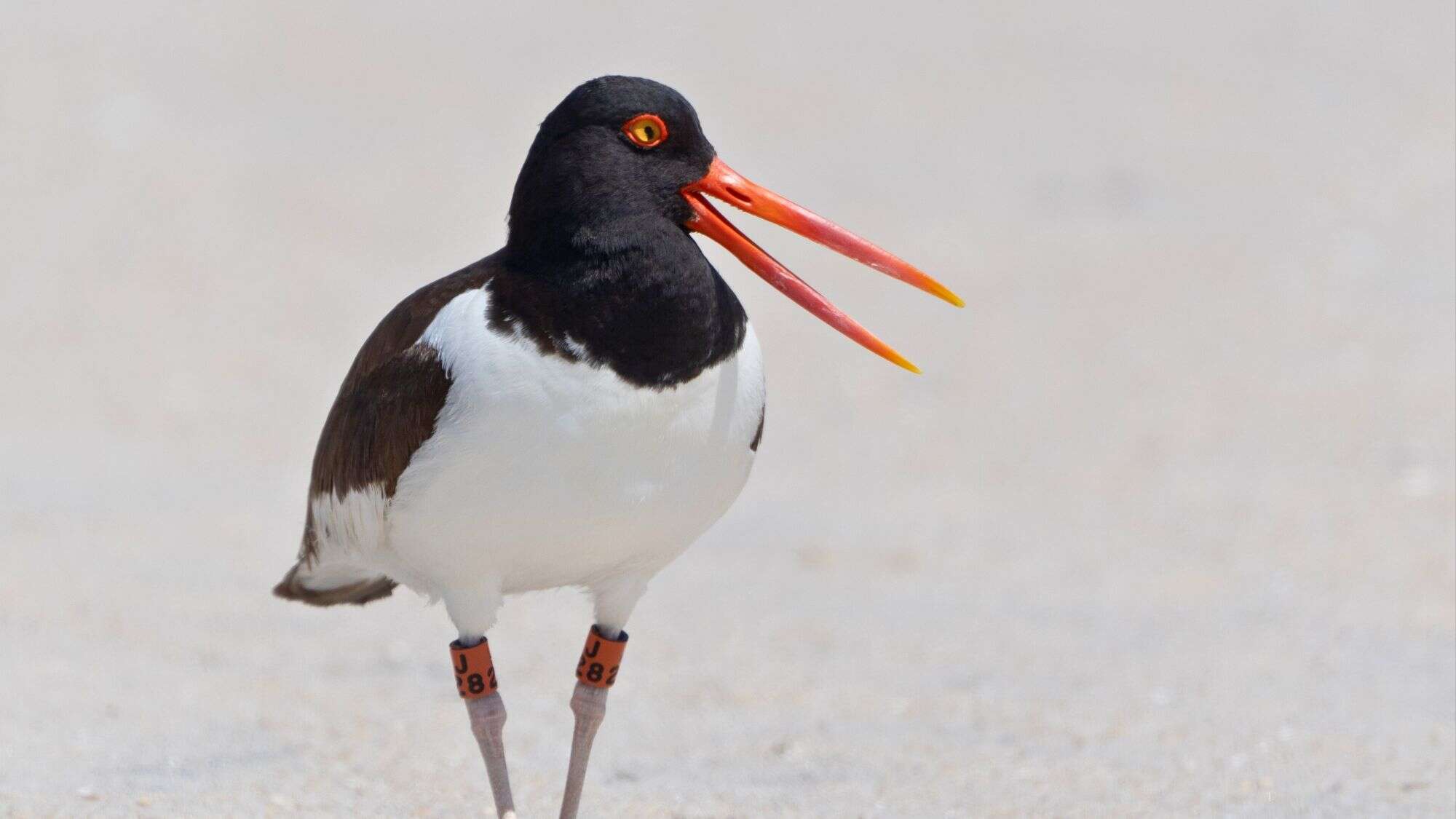
East Coast birding doesn’t get much better than Cape May Point in early fall… before you come at me, that’s technically late-summer too, and no, nobody’s keeping track that closely. Bird banding stations, watch platforms, and sunsets that’ll make you want to take up painting all set the stage for a magical migration spectacle.
Shorebirds, raptors, and songbirds hit up this hotspot to refuel and socialize before their epic journeys south, which, by the way, makes your last-minute weekend trip seem downright simple.
Pro tip? The bird banding stations will blow your mind. You get to see these aerial travelers up close and personal while helping scientists do their thing. It’s equal parts educational and amazing.
Like Our Content? Make sure to join our newsletter for all the latest on outdoor adventures (and a FREE STARGAZING GUIDE). Click here to sign up!
